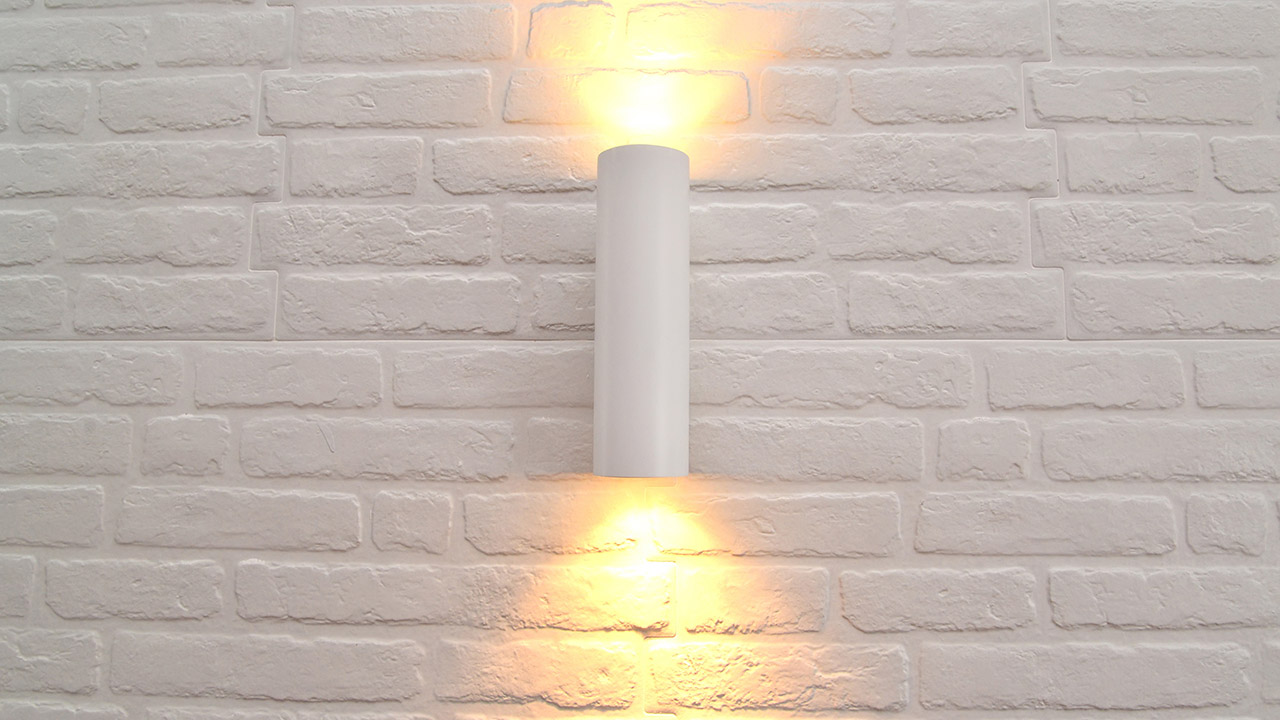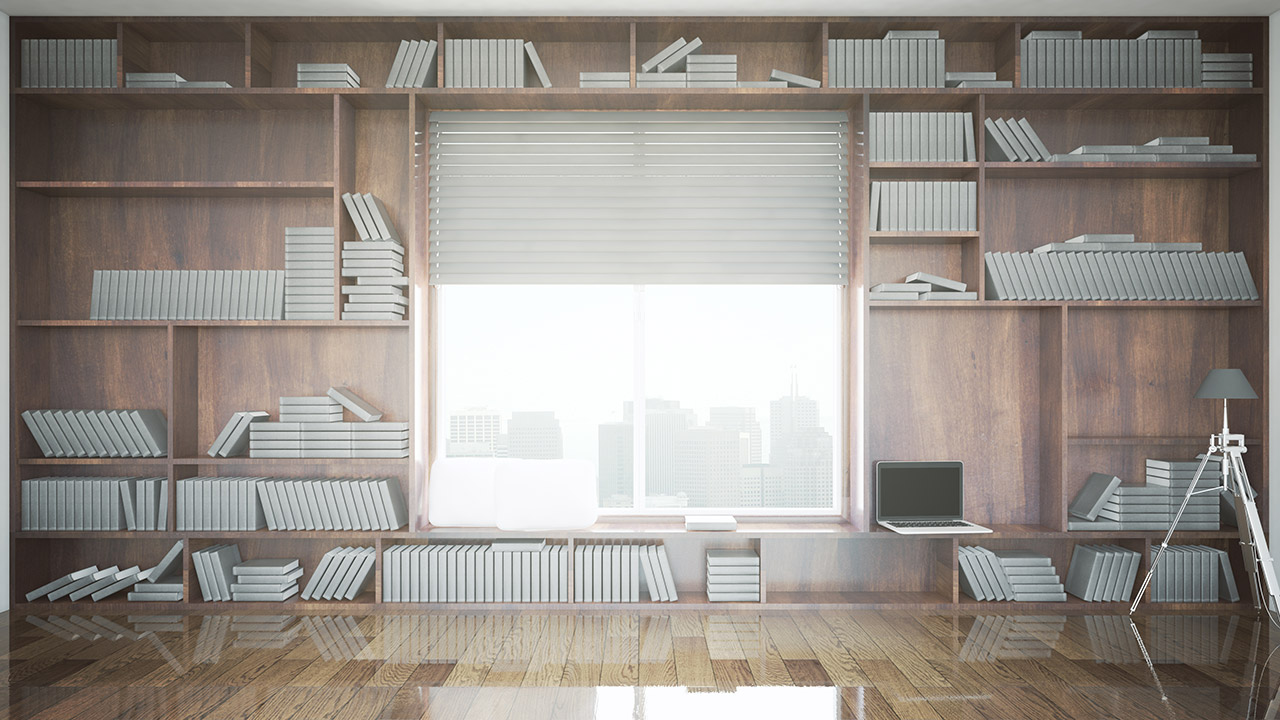
The issue of what constitutes a ‘fixture’ in a home and what doesn’t has been the source of many conflicts in real estate. What the buyer might believe is a fixture and should come with the house might not be considered a fixture by the seller.
It’s important that both buyers and sellers are very clear on the things are considered to be fixtures and what aren’t in order to avoid any unpleasant surprises and disappointments.
So, what exactly can be classified as a fixture in the world of real estate?
The general rule of thumb in real estate is that if an item is fastened or attached to the property, it’s considered a fixture. In essence, fixtures are part of the property and should come with it when the buyer takes possession. If the seller absolutely wants to take the fixture, it should be removed before any buyers come to take a look at the place. If necessary, the fixture should be replaced.
For instance, if a refrigerator is removed and taken with the seller, it should be replaced with another fridge that matches the rest of the appliances in the kitchen. Selling a home with a big empty space where a fridge is supposed to go will do little to make the home appealing to prospective buyers.
If the seller doesn’t remove it before a buyer sees the home and puts in an offer, the seller should insert a clause in the contract stating that the fixture will be removed before the buyer takes possession. Of course, the buyer can always refuse to accept that clause and cross it out before signing off on the deal. This is something that will have to be negotiated between both parties.
How Can You Be Sure That Specific Items Are Considered Fixtures?

There are certain criteria that you can look at to help you determine whether or not personal property should be classified as a fixture:
How the item is attached. For starters, identify how the item is fastened to the property. If it’s permanently attached to the wall, floor, or ceiling with nails, screws, glue, cement, or anything else along these lines, it’s likely a fixture, regardless of whether or not you can easily remove it. Examples include light fixtures, ceiling fans, wall sconces, TV mounts, shelving units, and so forth.
Adaptability of the item to be used with the property. If the item was specifically built and permanently installed in the home to be used with the property, it’s a fixture. It’s a part of the property and should generally not be removed by the seller. Examples include built-in electronics, wall-to-wall carpeting, or laminate floor planks. Items like these are part of the property, and are therefore considered fixtures.
Homeowner’s intention when the item was installed. If the seller’s original intention when the item was initially installed was to make it a permanent part of the property, then it should be considered a fixture. Built-in bookshelves or a screwed-in mailbox are good examples of such a scenario.
Agreement between the buyer and seller. Ideally, the purchase agreement will specifically detail what is defined as a fixture and therefore included in the sale, and what is not. This is the most important criteria that will lower the odds of any disagreements and subsequent disputes. As long as everyone is in agreement about what can be taken and what will be left behind, there should be no issues.
Relationship of the parties. Unfortunately, disputes can and do arise when it comes to fixtures, and can sometimes wind up in court to be ironed out. However, the courts will usually favor a specific party over the other. For instance, those who are more likely to win a dispute are buyers over sellers and tenants over landlords.
Always Make Sure Your Contract is Detailed About Specific Fixtures
Even though real estate law clearly defines what is and is not a fixture, it’s still critical to make sure that the contract specifies which items will be staying with the property and which ones will be taken with the seller. This is particularly important if there is even a shadow of a doubt about the fixtures. Items that are commonly detailed in real estate contracts include appliances, shelving units, and portable water fountains. Items such as these – as well as many others – should be classified in the purchase agreement as either being included or excluded in the sale.
There’s nothing wrong with being overly detailed, especially if there is even the slightest possibility that one party may be confused about what constitutes a fixture or not. Your real estate agent will have in-depth knowledge about fixtures and the law that surrounds them. Be sure to tap into the knowledge of your real estate professional if you have any questions about which items should stay, and which can go.